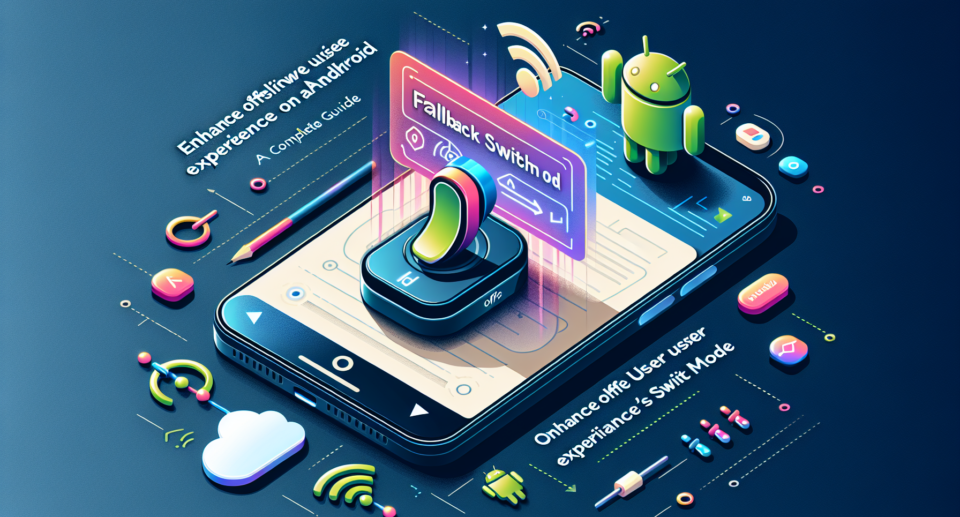Enhance Offline User Experience on Android with WebViewGold’s Fallback Switch Mode: A Complete Guide

In our ever-connected digital era, providing a seamless user experience is imperative, whether your users are online or offline. For Android developers, ensuring that your app works flawlessly under any network condition is crucial to user satisfaction and retention. WebViewGold’s innovative Fallback Switch Mode offers a powerful solution for enhancing the offline user experience in Android apps. In this guide, we’ll delve into how this feature works and why it’s a game-changer for web-to-app conversions.
Understanding WebViewGold
Before we dive into the specifics of the Fallback Switch Mode, it’s essential to understand what WebViewGold is all about. WebViewGold is a quick and straightforward solution to convert your website into a native Android app. It leverages WebView technology to render your web content within an app shell, providing a streamlined way to reach more users through app stores.
The Challenge of Offline Usage
One of the significant challenges faced by app developers is managing the user experience when there is no internet connection. Traditional web-based apps fail to load content without connectivity, leading to user frustration and potential loss of engagement. This is where WebViewGold’s Fallback Switch Mode steps in as a vital tool.
What is Fallback Switch Mode?
Fallback Switch Mode is a feature provided by WebViewGold that ensures your app remains functional even when the device is offline. It allows you to specify local fallback content that is displayed when the network is unavailable. This means your users can still interact with your app, access cached information, and receive a consistent user experience regardless of their connectivity status.
How to Implement Fallback Switch Mode
Implementing Fallback Switch Mode using WebViewGold is straightforward. Here’s a step-by-step guide to get you started:
1. Prepare Your Offline Content
First, you need to prepare the offline content you want to display when the app is not connected to the internet. This could include
